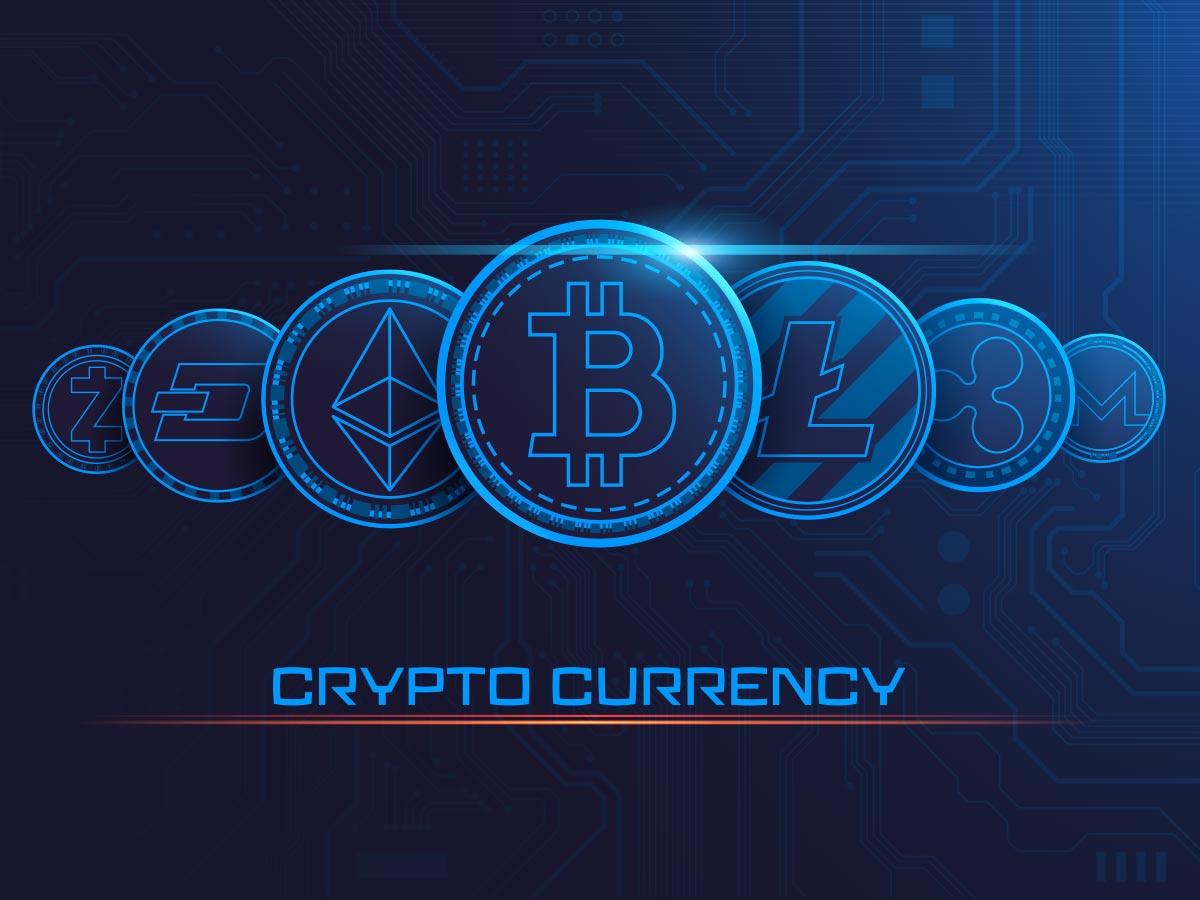Web3 vs Traditional Internet: Understanding the Key Differences and What It Means for the Future

The internet has become an essential part of daily life. For decades, it has connected people, businesses, and information worldwide. But now, a new wave of innovation is on the horizon—Web3.
While the traditional internet (Web2) dominates today, Web3 promises to change how we interact online. In this article, we compare Web3 and the traditional internet, exploring their differences, advantages, and what this shift means for users and businesses.
1. What Is the Traditional Internet?
The traditional internet, often referred to as Web2, is the version most people are familiar with today. It grew out of the early Web1 (a static, read-only internet) into a more interactive and social environment.
Key Features of Web2:
-
Centralized platforms like Facebook, Google, and Amazon dominate.
-
Users can create content (blogs, videos, posts) but don’t fully own or control it.
-
Data is stored on servers owned by corporations or governments.
-
Revenue models often rely on targeted ads and data collection.
Web2 made the internet user-friendly and interactive but also led to issues like privacy loss, censorship, and monopolistic control.
2. What Is Web3?
Web3 is the vision of a decentralized internet built on blockchain technology. It focuses on giving users control over their data, identity, and online interactions.
Key Features of Web3:
-
Decentralized networks where no single entity has complete control.
-
Users own their data and can monetize it directly.
-
Smart contracts enable trustless interactions without intermediaries.
-
Cryptocurrencies and tokens are used for payments and governance.
Web3 aims to empower individuals and create a more transparent, open digital ecosystem.
3. Web3 vs Traditional Internet: The Core Differences
| Feature | Traditional Internet (Web2) | Web3 |
|---|---|---|
| Ownership of Data | Controlled by platforms and corporations | Controlled by users through private keys |
| Monetization | Advertising-driven, benefits platforms | Direct creator monetization via tokens |
| Infrastructure | Centralized servers and databases | Decentralized blockchain networks |
| Security | Vulnerable to single-point failures | Distributed systems reduce attack risks |
| Identity | Login with emails and passwords | Decentralized identities (DIDs, wallets) |
| Censorship | Platforms can block or remove content | Resistant to censorship through decentralization |
| Revenue Models | Ad-based, subscription fees | Token economies, NFTs, peer-to-peer payments |
4. Advantages of Web3 Over Traditional Internet
User Empowerment
In Web3, users own their data and digital assets. They can choose what to share and how to monetize their contributions.
Decentralization
No single company or government can control the entire system. This makes censorship and monopolies harder to enforce.
Privacy and Security
Blockchain technology ensures that transactions and interactions are transparent but pseudonymous. Users can interact without revealing sensitive personal information.
New Economic Models
Web3 introduces innovative ways to earn, such as play-to-earn gaming, decentralized finance (DeFi), and creator tokens.
5. Challenges Facing Web3
While promising, Web3 also faces hurdles:
Scalability
Blockchain networks struggle with transaction speed and cost compared to traditional centralized systems.
Usability
Web3 apps often require technical knowledge, making them less accessible to everyday users.
Regulation
Governments are still figuring out how to regulate decentralized systems. This uncertainty could slow adoption.
Energy Concerns
Some blockchains have been criticized for high energy use, though newer systems are moving to more sustainable models.
6. Real-World Examples of Web3 in Action
-
Decentralized Social Media: Platforms like Lens Protocol allow users to own their posts and followers.
-
Finance: DeFi platforms like Aave and Uniswap let users trade and lend without banks.
-
Digital Ownership: NFTs give artists and creators new ways to monetize their work directly.
-
Identity Solutions: Projects like ENS (Ethereum Name Service) enable decentralized usernames and domains.
7. Should You Care About Web3?
The shift from Web2 to Web3 is still in its early stages, but its impact is growing:
-
For Users: More privacy, control, and potential to earn from your online presence.
-
For Businesses: Opportunities to build innovative apps and services without relying on centralized platforms.
-
For Developers: A chance to create the next generation of internet applications on decentralized infrastructure.
8. Will Web3 Replace the Traditional Internet?
It’s unlikely that Web3 will fully replace Web2 anytime soon. Instead, they are likely to coexist. Many Web3 apps are already built on top of Web2 infrastructure, and traditional platforms may adopt Web3 elements like decentralized storage or crypto payments.
The future internet may blend the best of both worlds—centralized efficiency and decentralized freedom.
Final Thoughts
The debate of Web3 vs traditional internet highlights a fundamental shift in how we think about online ownership, privacy, and control. Web3’s decentralized nature promises to give users more power, but it also brings technical and regulatory challenges.
As Web3 matures, it could transform industries from finance to entertainment, while empowering individuals in ways that were not possible during the Web2 era. For users and businesses alike, staying informed about this evolution is crucial to navigating the digital future.
Important Links
- Art
- Causes
- Crafts
- Dance
- Drinks
- Film
- Fitness
- Food
- Games
- Gardening
- Health
- Home
- Literature
- Music
- Networking
- Other
- Party
- Religion
- Shopping
- Sports
- Theater
- Wellness


